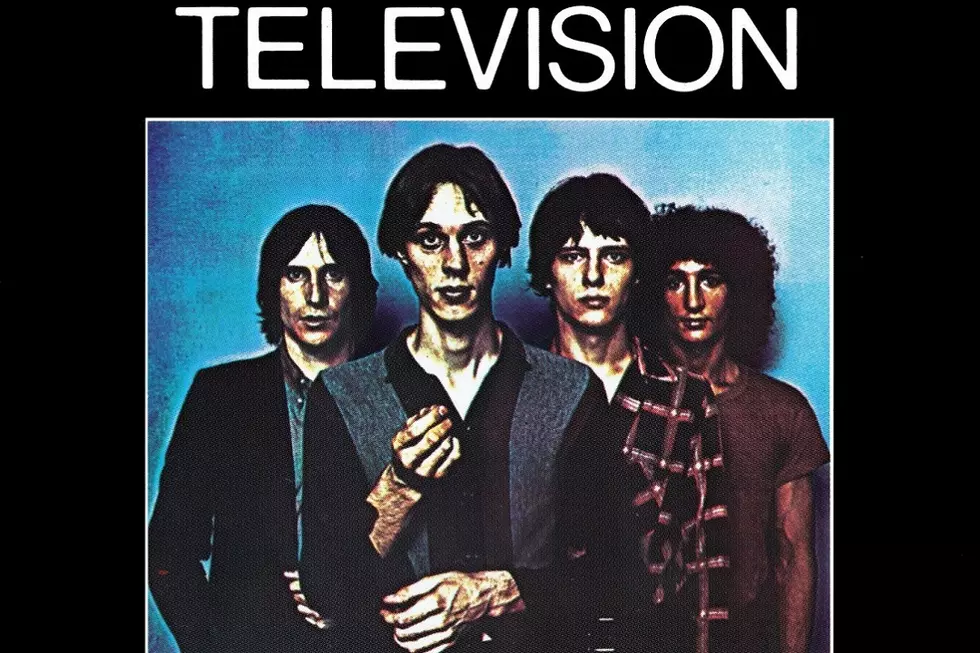30 Years Ago: They Might Be Giants Make Their Debut
These days, anyone with a halfway decent laptop can sound like a cast of thousands, but in the '80s, a true two-man band was still something of a novelty — one that They Might Be Giants embraced wholeheartedly on their 1986 self-titled debut.
The duo, made up of Massachusetts natives-turned-Brooklyn residents John Flansburgh and John Linnell, sprung from roots as quirky as the music that would later make them alt-rock stalwarts. After playing their first gig at a Sandinista rally in Central Park under the hastily abandoned name El Grupo de Rock and Roll, they switched to They Might Be Giants — apparently picking up their new moniker from an ex-ventriloquist friend who'd been using it as a stage name before deciding to move on to (hopefully) greener pastures.
The name, lifted from an early '70s movie (which in turn took the phrase from Don Quixote, inspired by the ninth circle of Hell depicted in Dante's Inferno), proved suitably "outward-looking and paranoid" for the Johns' brand of quirky, hyper-literate pop. Starting out with Flansburgh on guitar and Linnell chiming in on accordion and sax, the duo lined up local live gigs with the assistance of programmed percussion, and quickly developed a name for themselves — due at least in part to the fact that no one else sounded like them.
Of course, an offbeat sound will only get you so far — you need songs to get you the rest of the way, and They Might Be Giants piled them up at an alarming rate. So prolific was the Johns' songwriting partnership that even after suffering the dual setbacks of a broken wrist for Linnell and a burglary at Flansburgh's apartment, they used the downtime to set up a service they dubbed Dial-A-Song, which they used to load up their answering machine's outgoing message with "performances" of new material while circumstances kept them off the stage.
In short order, Flansburgh and Linnell filled up a 23-song demo, which they sold at gigs — and, in a truly bizarre twist of fate, ended up being reviewed by music critic Michael Small in the pages of People. That lucky break, delivered during the days when magazine writeups still sold records (and records still sold), landed They Might Be Giants a contract with the indie imprint Bar/None.
"At the time it seemed crazy," recalled Linnell. "It was just a little, little paragraph, but the fact that we were unsigned and had not released any albums and they reviewed the cassette. It was like, 'What the f---?'"
Although it wasn't exactly a million-dollar deal with a major — Bar/None were just about as fledgling as They Might Be Giants — it offered unlikely industry validation for a couple of guys whose most commercial compositions bore titles like "Put Your Hand Inside the Puppet Head" and whose songs commonly clocked out under two minutes. But the demo arrived at a time when homogeneity in mainstream music seemed to be at an all-time high, and industry tastemakers still had enough clout to make a reliable difference.
"We didn’t have anything behind it. We didn’t have a publicist. We didn’t have a record company. We were the most stoppable force in rock music," Linnell argued. "But I think back then for a lot of people who were in these weird gatekeeper positions of power, pushing us forward was a way for them to actually have input in what went on in the world."
Ultimately, They Might Be Giants didn't have much in the way of immediate impact when it arrived in stores on Nov. 4, 1986. The album didn't chart and didn't spin off any hit singles, but it did mark the spot where TMBG started worming its way into the outer reaches of MTV — and the network, along with college radio, offered a foothold for their eventual ascension into the cultural mainstream later in the decade. They'd go on to make more polished albums — and release better-selling efforts — but for the world beyond Brooklyn, They Might Be Giants' weird, wonderful journey started here.
The 23 Best Live Album Titles
More From Diffuser.fm
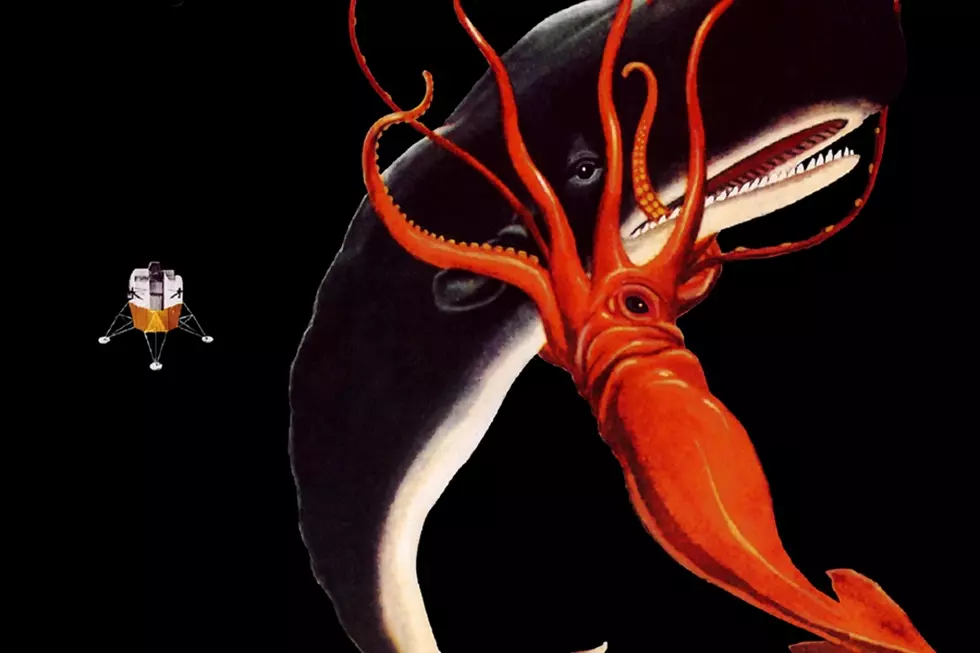
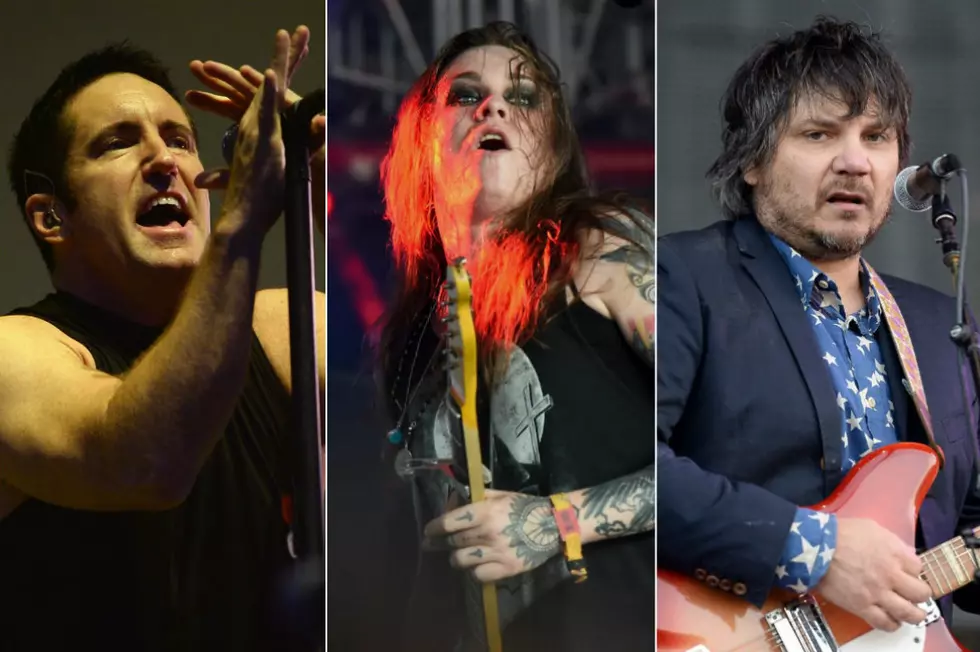



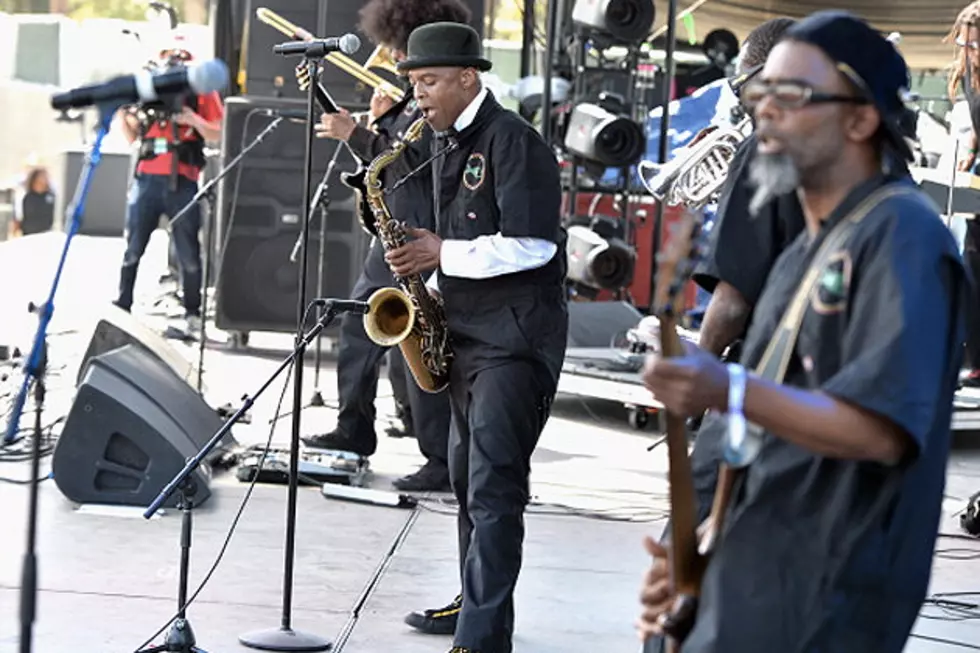
![They Might Be Giants Celebrate Massive Career In NYC [Exclusive Photos]](http://townsquare.media/site/443/files/2013/11/They-Might-Be-Giants.jpg?w=980&q=75)
